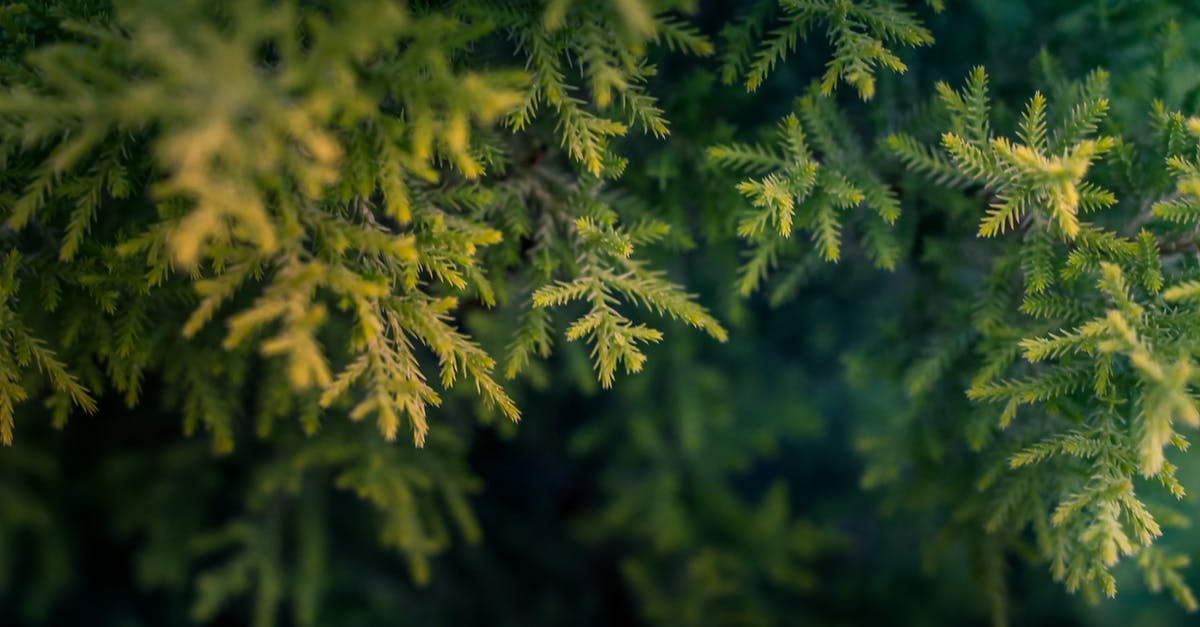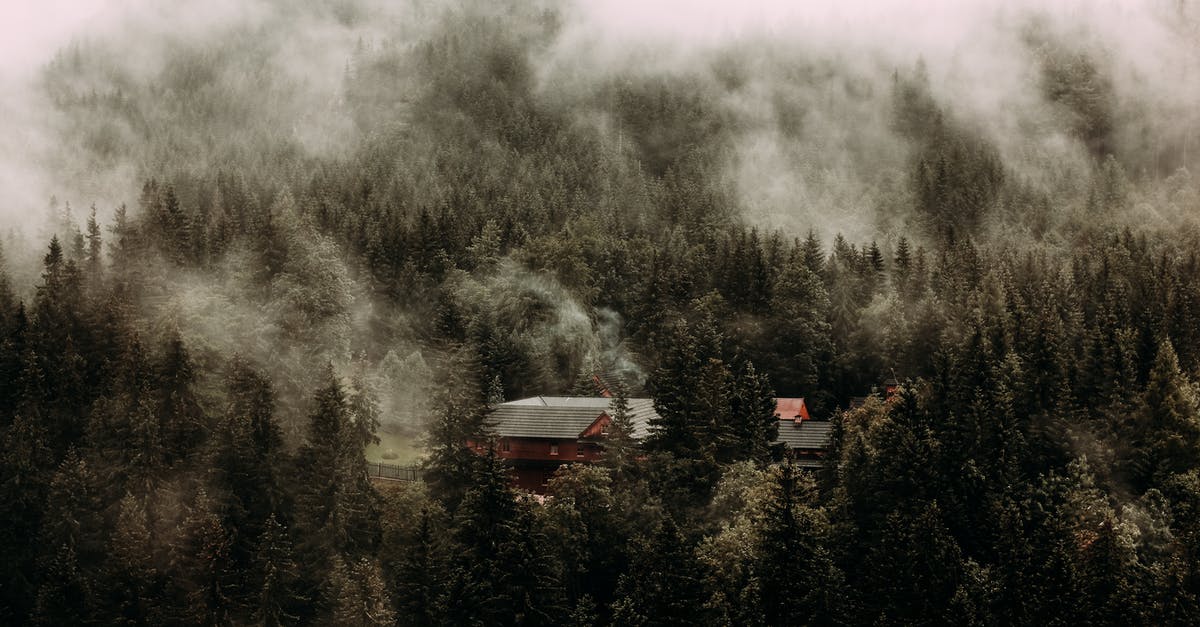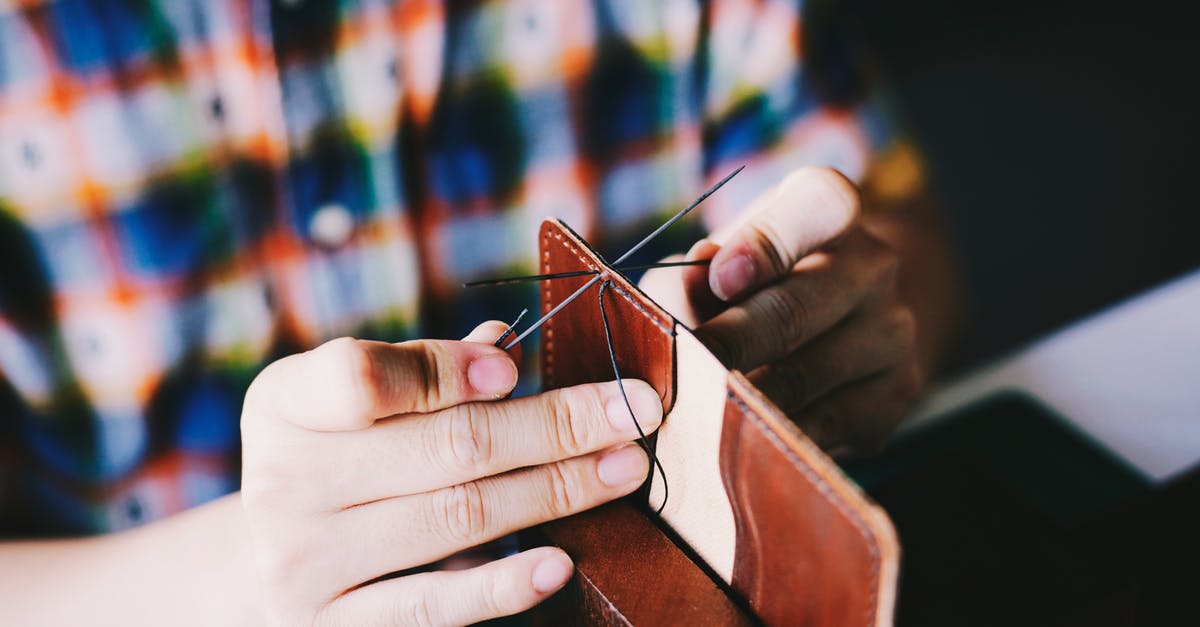What are the safety considerations in making pine needle tea?

Living in a northerly climate, I have often speculated about how aboriginal people avoided diseases caused by vitamin deficiencies like scurvy (no imported citrus in those days.)
According to wikipedia, the French explorer Jacques Cartier and his men were saved by the natives showing them how to
boil the needles of the arbor vitae tree (Eastern White Cedar) to make a tea that was later shown to contain 50 mg of vitamin C per 100 grams.
Has any one ever made this concoction? The instructions at eHow seem pretty straight forward, but I am still a bit nervous about the whole thing. After reading a passage like
If you have access to fresh, bright-green pine needles, you too can enjoy this unusual tea
questions that occur to me like "will any kind of pine's needles do, or are some poisonous" have prevented me from experimenting.
Inquiring minds need to know!
Best Answer
The most obvious and significant conifer species to be concerned about is Yew. Most yew is shrubby but I'm familiar with at least a couple individuals that are large enough to resemble a small hemlock tree if you're less familiar. Yew is extremely toxic. If you wish to forage conifer needles it's worth learning its characteristics, as it's not hard to identify once you do. Useful reference: http://aspcapro.org/sites/pro/files/zk_vetm0905_646_650.pdf
All the hemlocks (the tree kind, not the flowers) are safe. Further information- http://www.foodasmedicine.ca/2011/western-hemlock/ Link mostly discusses Western Hemlock but Eastern Hemlock is functionally identical aside from having a different set of folklore and somewhat thinner cambium.
The junipers and cedars are safe for most people in moderate amounts; that said, many of them do contain relatively powerful compounds. Eastern White Cedar (Thuja occidentalis) for example is one of the richest sources of thujone, which is a stimulant at low doses but at higher doses toxic to the nervous system and liver. Consequently some sources state that it is toxic, but this is not the whole story. Thujone is also found in culinary herbs like sage and rosemary and brewing herbs like wormwood. The dose is the question. Essential oil of wormwood contains more than enough thujone to kill you, but liqueurs made with wormwood benefit from their much lower dose. The levels available from White Cedar may indeed be risky for those pregnant or nursing, for example. For myself, on the other hand, there's no reason not to enjoy some cedar tea from time to time. Or to brew mead with it, as I like to do. This site contains a good discussion of thujone: http://ec.europa.eu/food/fs/sc/scf/out162_en.pdf. More on junipers: http://www.eattheweeds.com/junipers/
For regular consumption across a range of constitutions the true pines are the best, though. Almost all of them are quite benign, except perhaps (again) if you're pregnant, as they are reputed to be able to induce miscarriage (also probably dose-dependent, but who would want to mess around with a risk like that?) Ponderosa Pine, also called yellow pine, is the only one that I am aware of being potentially harmful, and this seems to be usually connected with pregnancy risks as well, but to a much greater degree, at least based on its well-known toxicity to cattle. Clearly there are plenty who use it, but if you have multiple pine species around it may be best to concentrate on the others. Couldn't hurt. White Pine in particular is pretty much unimpeachable. It's easy to positively identify by the needles, which are attached in clusters of 5. White pine is the only pine with this characteristic. A good primer on pine tea: http://davesgarden.com/guides/articles/view/3126/#b Anyone further interested in the ethnobotany and chemistry of human use of pine products for nutrition will find this paper a treat: https://dspace.library.uvic.ca:8443//handle/1828/3248
Pine-needle tea is measured to have several times the vitamin C content of citrus fruits. Well worth it in my opinion!
Pictures about "What are the safety considerations in making pine needle tea?"



Is it safe to make pine needle tea?
Pine needle tea has a mild, pleasant taste. Depending on the variety of pine needles use, it can also have notes of citrus. Is Pine Needle Tea Dangerous? It is generally considered safe, however pine needle tea should not be consumed if you are pregnant or nursing as is may cause a possible miscarriage.What are the side effects of pine needle tea?
Pine oil that is released when brewing the tea, may have inflammatory effects on the skin and stomach, resulting in stomach upset in some people. Given these possible side-effects, it is recommended that you only try about half a cup in the beginning.Are pine needles harmful?
Pine Needle Risk Pine needles, in general, have been used for respiratory problems and externally for a number of skin conditions. However, miscarriage, low birth weight and other similar toxic reactions may occur in humans and domestic animals after eating pine needles.What is the best way to make pine needle tea?
Chop or snip pine needles into small pieces, discarding the brown covering holding the needle cluster together. Place chopped needles in a teapot or cup and cover with freshly boiled water. Allow to steep 10-15 minutes, strain and enjoy.Pine Needle Tea. How to and a WARNING!
More answers regarding what are the safety considerations in making pine needle tea?
Answer 2
I've made white pine bark soup, which is made from the inner bark of the eastern white pine (Pinus Strobus). I did it for a wilderness survival course, years ago. Tasted like paint thinner, though I'm told that in a non-survival situation, you're supposed to keep changing out the water until it's nearly clear (obviously the water would be rich in leached nutrients, so don't do that if you're starving).
Here is a link to a guy who's pretty enthusiastic about the stuff. I don't know where you'd get the bark to experiment with that sort of soup (or chips??! I suppose he'd make cereal out of it if given the opportunity), but the needles should be reasonably easy to gather for tea. I'm afraid my experience with it has stuck with me, so you'll pardon me if I don't try it myself.
Answer 3
I was interested in making pine needle tea myself, and for much the same reasons - historical use, curiosity about survival practices, wanting to try something different. I've done a bit of research myself, before reaching a point where i"m confident enough to try this, and I commend your caution in asking for safety considerations rather than following an article blindly. You have some really good answers already, I especially like Erik's breakdown of species, but I thought I would offer my perspective anyway as a stronger warning and basic approach for those who are interested in this sort of thing.
Since you mentioned the aboriginal people's use of such tea, I would recommend you follow one of their primary safety considerations - know your tree. They knew what was safe, what was dangerous, what was medicinal, at what dosages and which circumstances and what times of year - they spent generations gaining a knowledge of their local plants and their uses, because they had to know in order to survive. What the natives offered the french explorer was specifically "eastern white cedar tea", which was safe and high in vitamin c, not "tea from generic unidentified evergreen" which might be anything.
We have all kinds of information about plants, we don't need local generations to figure this stuff out, if we take the time to look it up. We have identification guides, and all sorts of databases, scientific papers - use them, to find out if the specific tree you have access to, its species, and the use you want it for is safe for you to try before you think about it. Even then, you should proceed cautiously, try a small sample first, and be mindful of any effects on your body before you get into larger or more frequent doses, since even things that are safe might affect different people differently.
So, to get back to the main point - pine tea is from a pine tree, not spruce or fir or larch, not a generic conifer or evergreen. Pine, with long drooping sprays of needles, which are tall trees and not shrubs, with specific types of bark and cones and needles used for identifying the species and cultivar. Most other evergreens are safe, actually, though there are a few you will want to avoid (like yew, look at Erik's through answer for species details) - but the point is, you need to know what your tree is before you even think it might be safe. You should be easily and routinely identifying your trees (at least the relevant ones) to the species and cultivar level before you think to try making a tea from an unfamiliar tree - not just that you "don't think" it is one of the dangerous kind, but that you know what it is, and that it is safe.
Of the pines, I focused on them because it is the name of the tea, and also because only the ponderosa is possibly unsafe - it can be identified by an orange under-coloration to the bark, and a scent like butterscotch, which I can actually remember - and at that, from what I saw it is only a "possibly" - the information I saw says it may be a risk to (especially pregnant) cattle and other ruminents, I saw nothing on the specific dangers humans making tea with this plant... quite possibly because humans will look up its toxicity, see its effects on cattle, and generally not try it to get data on if the dosage in a cupful of tea is safe.
Anyway, the point is that of the pines, I am fairly sure I can recall and identify the one species of pine I would like to avoid, so I might maybe try making tea if I found a pine tree - and I could perhaps recommend someone else try it, with proper precautions anyway - but I would avoid other evergreens (for myself or for recommending to others) because I can't be one thousand percent sure I can recall and identify all of the potentially toxic ones, even though ninety nine percent of them are probably safe.
If you want ceder or spruce or fir tea added to your repertoire, you need to be as familiar with the specific species you want and with the whole group of related trees, to be sure you can identify the right ones and identify (to avoid) any problematic species, all the better to not end up with something dangerous because of an identification mishap. You should not be grabbing random unidentified evergreen unless circumstances are dire.
That's where the ehow article you linked to is actively dangerous, by the way - not only does it not mention identifying your tree (which should be a major emphasis), it shows a picture of what looks like spruce or fir needles (short needles densely populating a branch, instead of the long bunched sprays of pine) along with a picture of pine trees. Even if the spruces and firs are largely safe, conflating the species makes for a really poor approach to identification, and makes it much more likely that someone will grab something evergreen-ish and assume it's probably safe, instead of checking to be very sure.
Answer 4
I have been told that cedar, white and yellow pine, and many other variaties are safe in normal quantities and have high vitamin content. Some have supposed medicinal effect for headaches, such as cedar. My advice is to look up "tea" or "infusion" with each type of needle you want to try so you can avoid a poisonous concoction. As for white pine, I have made delicious tea for breakfast and for the canteen with it while camping and have survived so far. It goes quite well with wild mint.
Answer 5
I have chewed on pine, fir, spruce, and juniper needles including Ponderosa pine since I was a child. I am 62 now. You can make tea from pine, spruce, juniper, and probably fir. You use the fresh, new tips in the spring. I used to dry the spruce tips for later use. It makes a mildly sour tea with a slight piney flavor. It is good with a little honey. As to any toxicity, I do not know. A lot of foods we normally use have certain levels of toxicity. If there is toxicity, I suspect it would be in the mature needles which have higher levels of aromatics. I was taught when I was young that you use only the new growth, the bright green tips in the spring. I grew up in the Pacific Northwest, the son of an itinerant logger and learned what I know mostly from my family. As a matter of note, currently living in New Mexico, I have Navajo friends who do use juniper and western cedars for tea. They also use juniper berries as a seasoning in things like stews and red chili, as well as use juniper ash as a leavening for quick breads, both of which I've used to good effect. Don't be afraid of the tea. I'm still alive and quite healthy.
Answer 6
I read on on a survival website that you boil the white cedar needles or bark to make the tea. But it will leave an oily surface on top of the water when you are done. The site says to simply pour off the top portion to remove the oil and you will be fine. The oil has painful side effects if you drink it because it is toxic.
Answer 7
Stay away from the ponderosa pine! It is poisonous.
Answer 8
I am having trouble finding any record of any sort of evergreen tree being harmful to consume sparingly as tea. obviously overdoing anything has harmful consequences.
Sources: Stack Exchange - This article follows the attribution requirements of Stack Exchange and is licensed under CC BY-SA 3.0.
Images: Arvind shakya, Monstera, Rachel Claire, Kevin Menajang
